 |
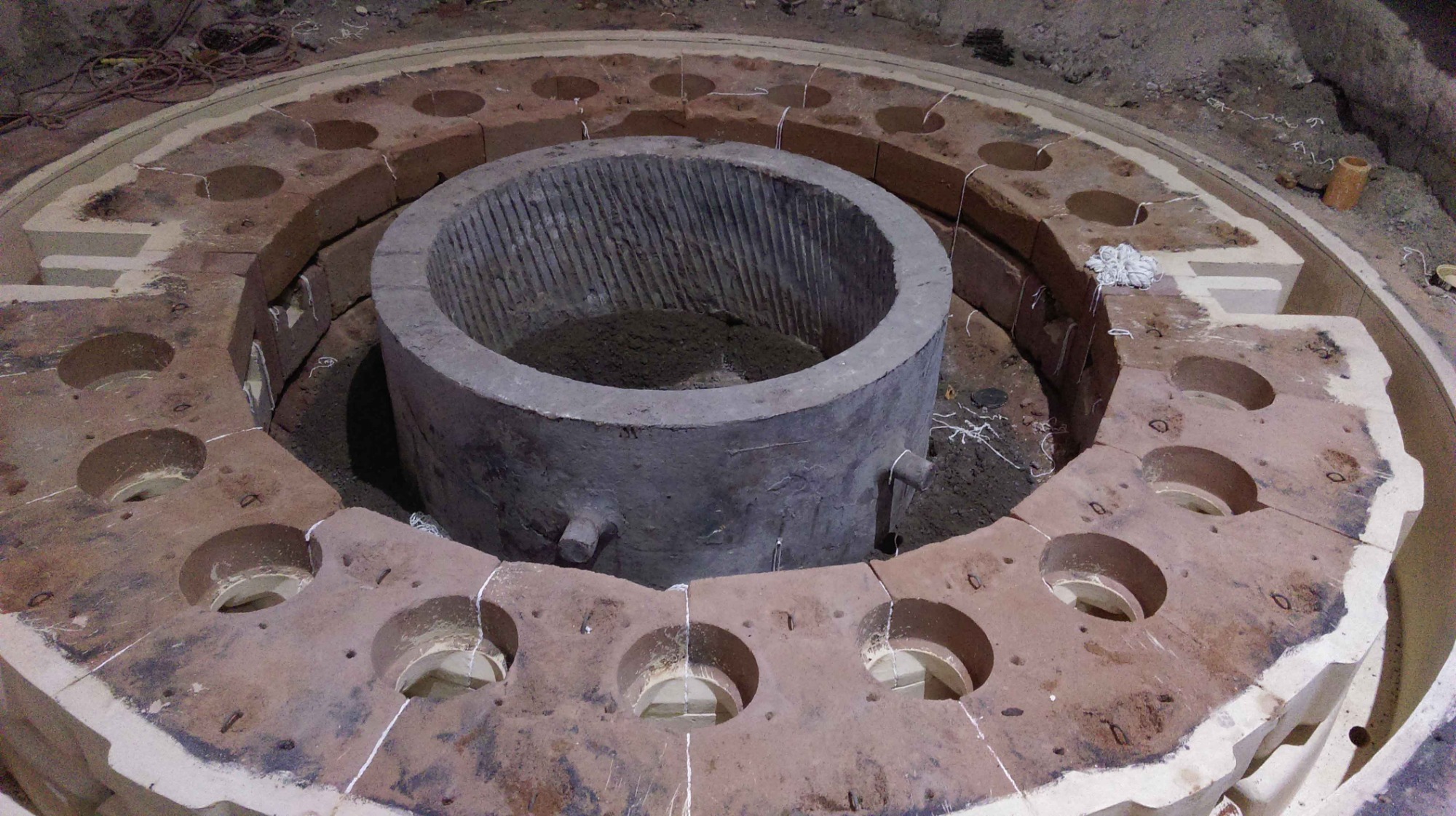 |
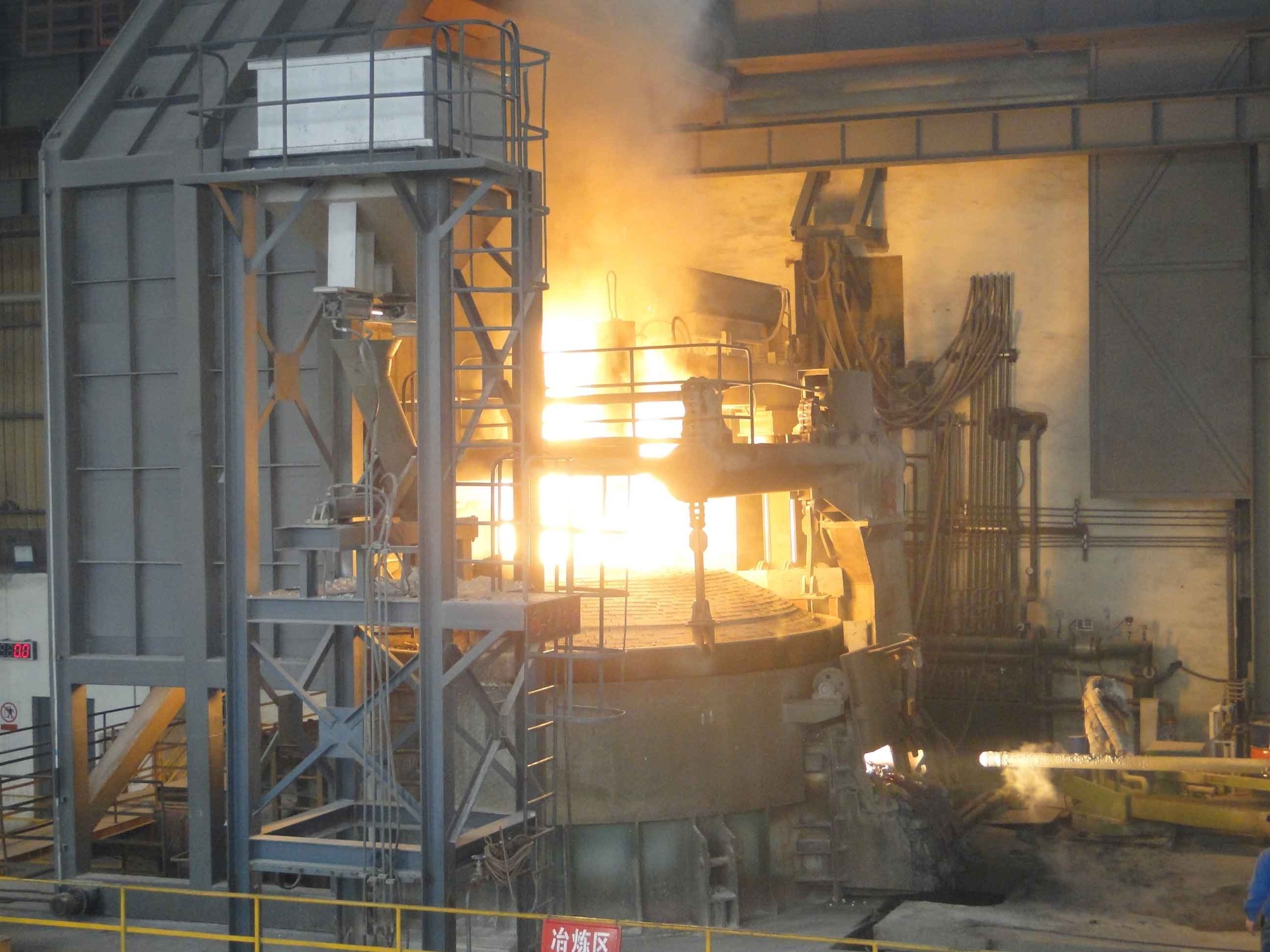 |
| 1.Sand chamber manufacturing-1 |
2.Sand chamber manufacturing-2 |
3.Smelting |
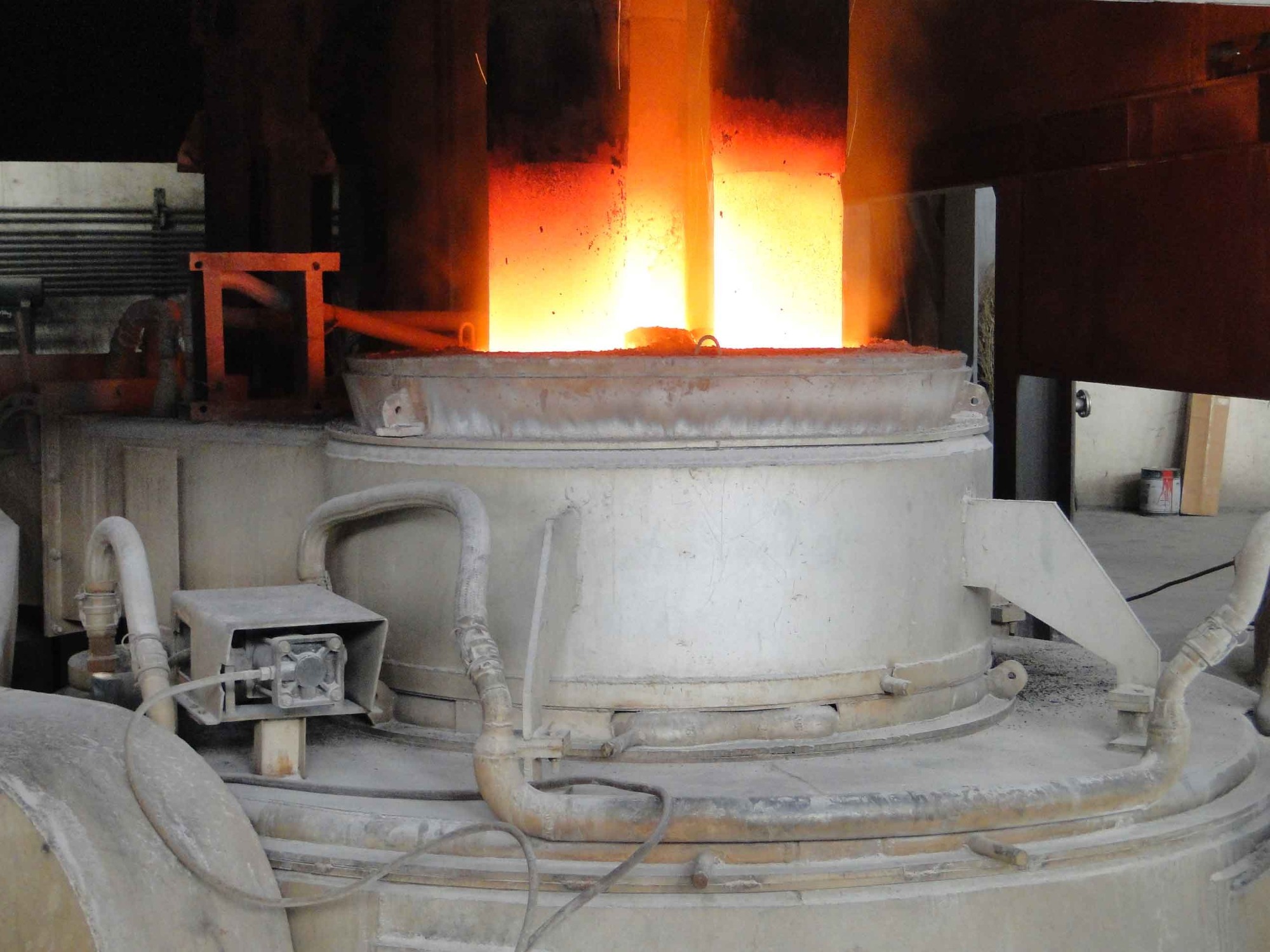 |
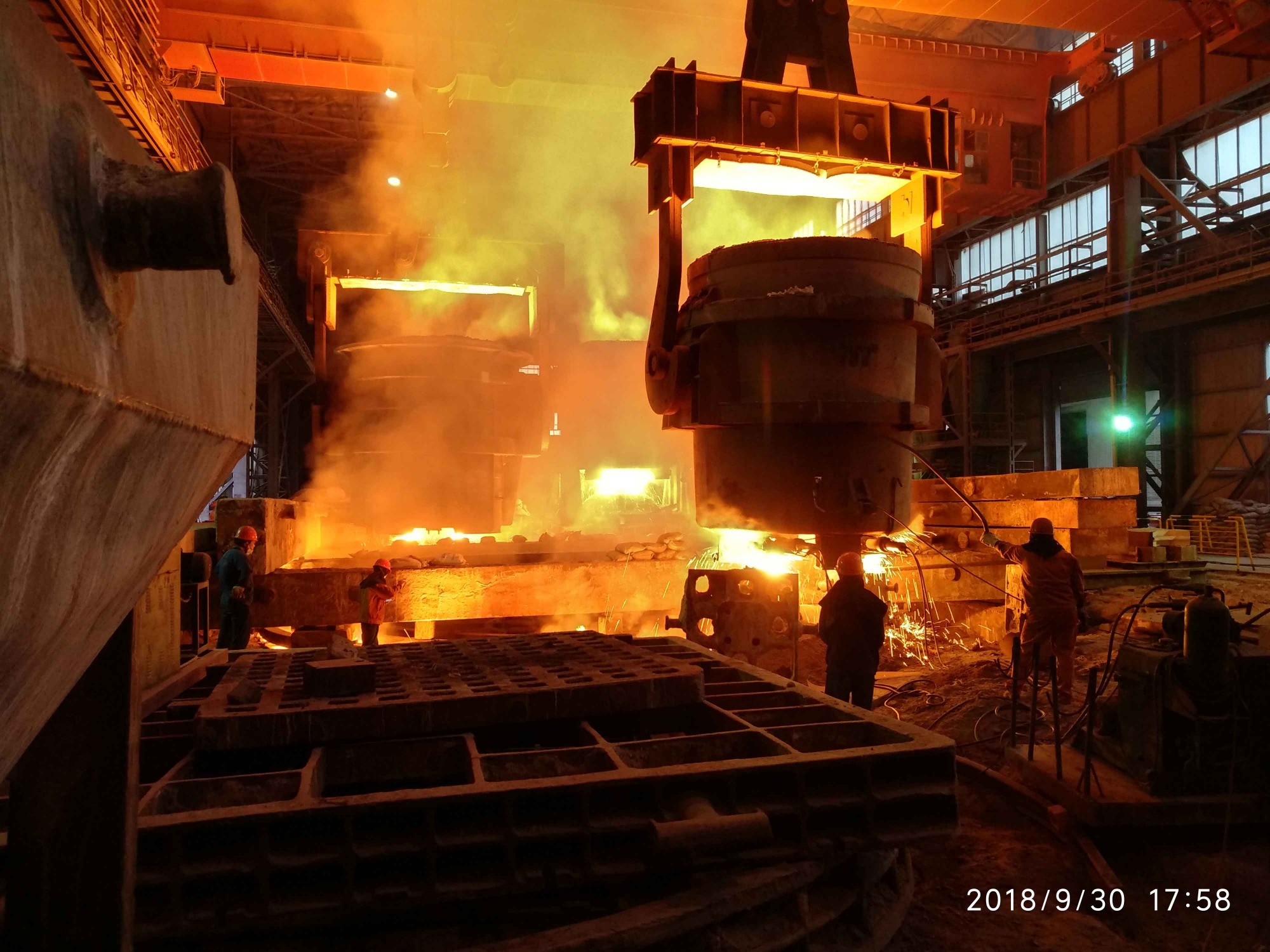 |
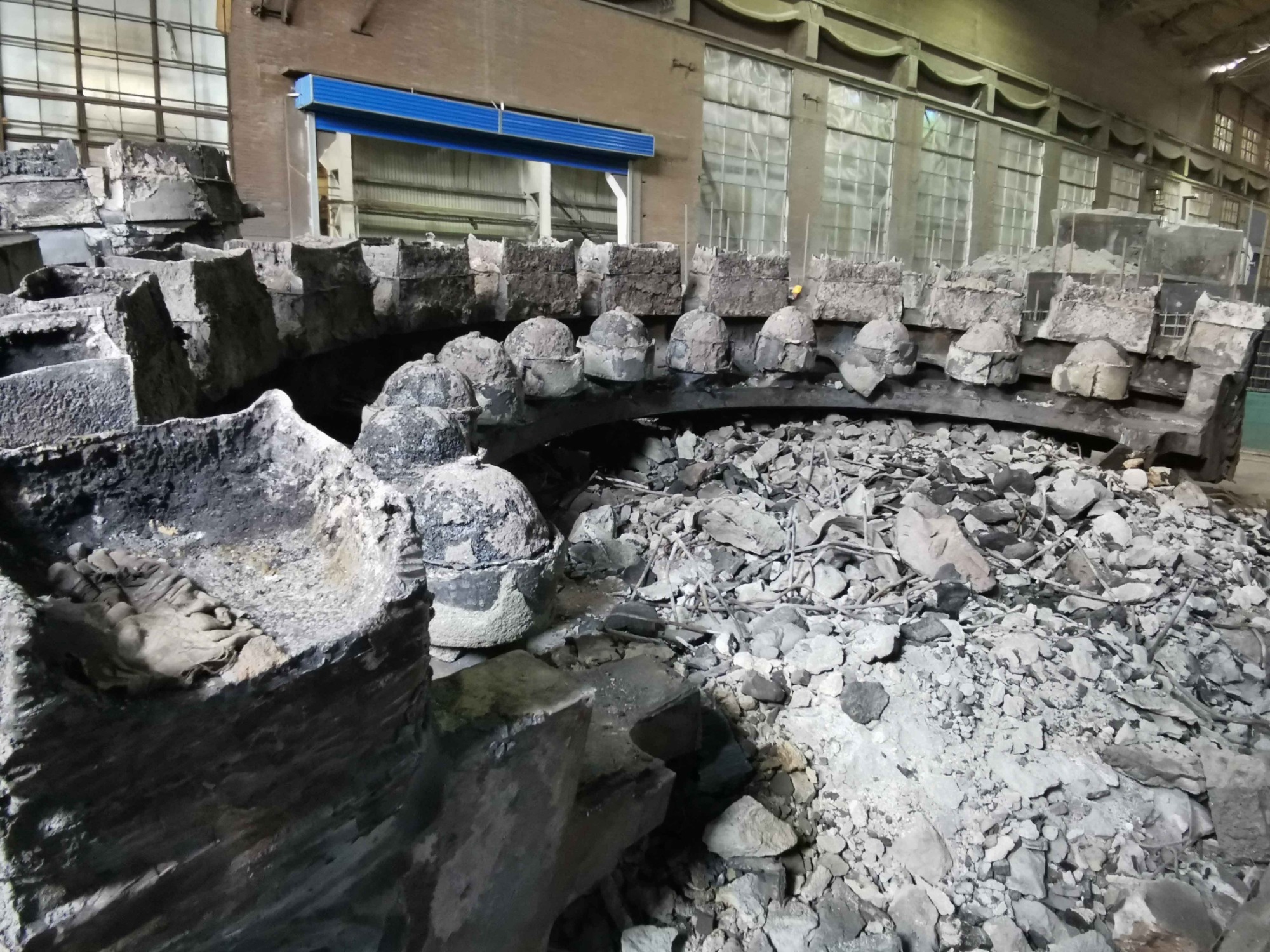 |
| 4.Refining |
5.Pouring |
6.Casting |
 |
 |
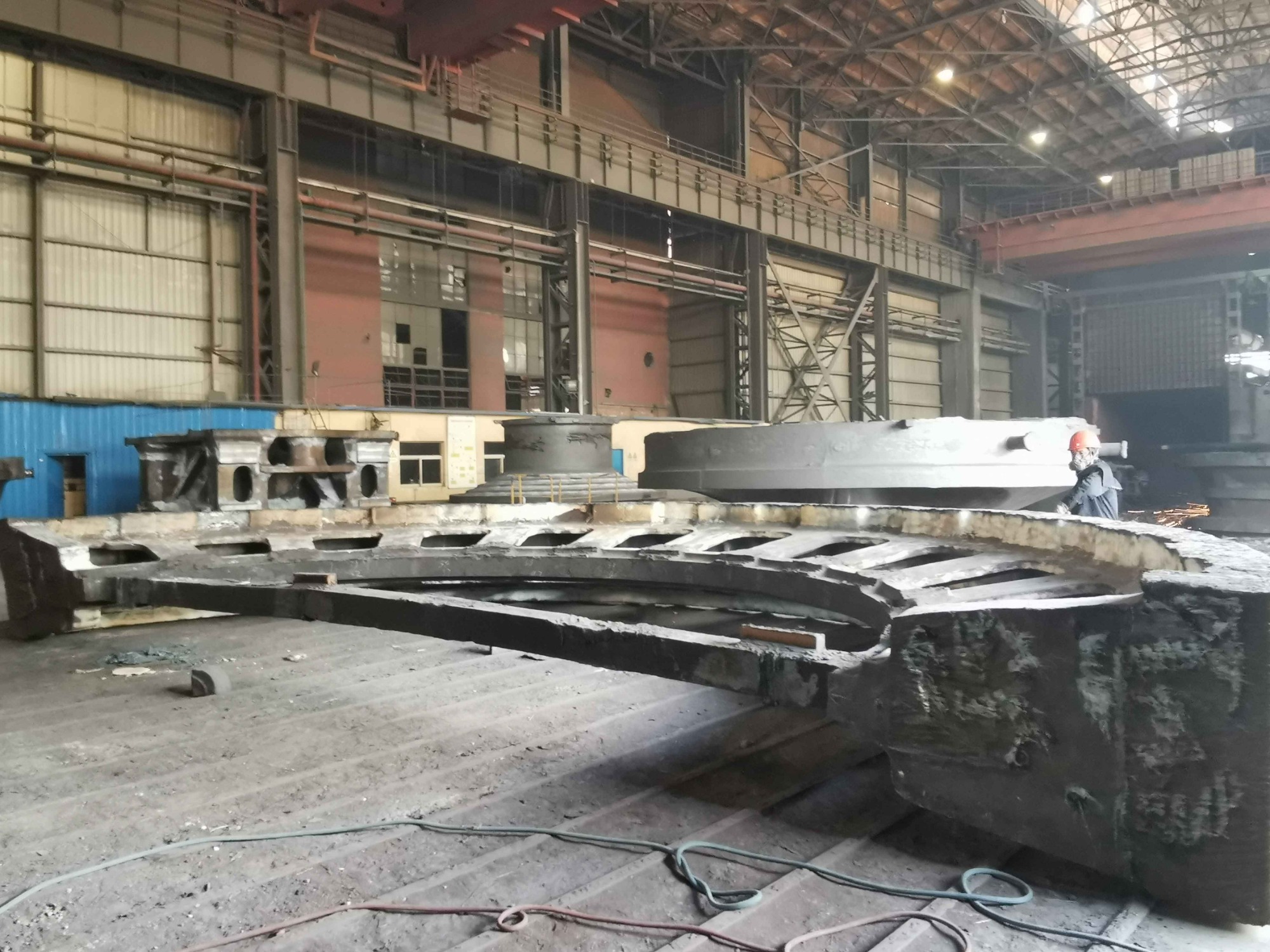 |
| 7.Sand cleaning |
8.Cutting |
9.Blank treatment |
The Casting Process Of Grinding Mill Girth Gear
The manufacture of the girth gear blank is particularly important, because the structure, dimensions, chemical composition and internal quality of the blank are determined by casting, therefore, all the links in the girth gear casting process must be strictly controlled to produce qualified products.
■The design of girth gears casting process
Determine all the process parameters of the girth gear blank casting, which include shrinkage rate, machining allowance, process yield, distribution and size of the riser, pouring system, pouring temperature and pouring speed of the molten steel, and so on, using MAGMA, Procast for simulation analysis to optimize the casting process. The conventional girth gear materials (ZG45CrMo, ZG42CrMo, etc.)have a shrinkage ratio of 2.2-3.0% according to the size, the process yield is generally about 50-60%, the heat-insulating riser is used Generally, the size and distribution is determined according to the thickness and structure of the girth gear blank. The pouring temperature is generally around 1560 to 1600 °C.
■ Making of the model
The wood model is made complying with the first grade standard, using red pine material whose water content is less than 2% to prevent deformation and ensure the accuracy of model size.
■ Modeling
Modeling is made of alkaline phenolic resin sand, sand module is with precise size, high strength can prevent deformation of castings and high refractoriness can prevent the sanding on the non-machined surface.
■ Smelting, pouring
Ensure chemical composition within the required range, strictly control the P and S content of various materials which can not exceed 0.04%, use molten steel refining process and equipment to remove oxide inclusions and sulfide inclusions as much as possible, it can ensure the purity of molten steel; control the molten steel pouring temperature within a reasonable range to ensure that the casting speed is fast and stable.
■ Cleaning
The castings should be kept for a long enough time in the sand mold to release the casting stress as much as possible to prevent breakage; the riser and the pouring system are cleaned by gas cutting, local heating is before cutting, and sufficient processing allowance is reserved, and the heat treatment is carried out after cutting timely.
■ Heat treatment
The normalizing treatment is carried out after finishing cleaning the castings. The temperature of the castings should be balanced and the support pads should be stable in the heat treatment furnace to ensure no deformation. The main purpose of the heat treatment at this stage is to eliminate the casting stress, refine the grains, improve the mechanical properties and make the microstructure uniform and to repair for the smooth progress of the machining process.
■ Shot blasting
Castings were shot blasted to remove oxide scales.









